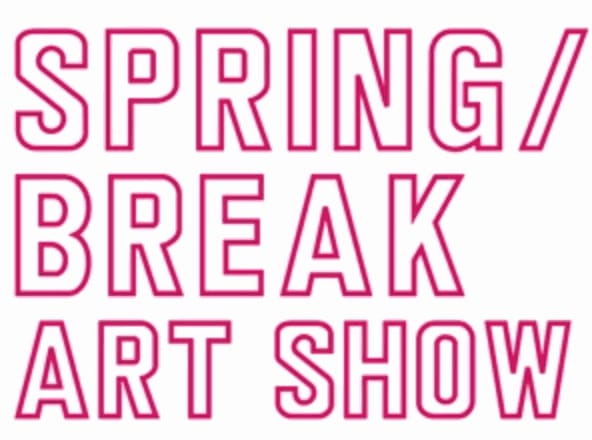Abigail Ogilvy Gallery will feature the work of Marisa Adesman and Katelyn Ledford in a two-person booth at SPRING/BREAK Art Show. The Person-less Portrait will include a wallpaper installation and new paintings by Katelyn Ledford and videos by Marisa Adesman. The artwork on view is a part of the 2020 art fair theme, In Excess.
LOCATION: 625 Madison Avenue, New York, NY
Press Mentions & Reviews:
The Art Newspaper - Social media addiction, a blood-soaked Salvator Mundi and more at the Spring Break Art Show
Artforum - News: PARIS PHOTO NEW YORK NAMES EXHIBITORS, CYNTHIA DAIGNAULT JOINS NIGHT GALLERY, AND MORE
Art Observed - AO ON-SITE - NEW YORK: SPRING/BREAK ART SHOW, MARCH 3RD - 9TH, 2020
News Parliament - How this multi-city annual art fair is making art more accessible
BTRtoday - Art Uncovered: Spring Break 2020, feature at 19 min 22 sec.
Marisa Adesman and Katelyn Ledford's artwork uses absurdist logic, shock, and humor to parody the process by which one can enhance the delectableness of one's own appearance. This presentation of their artwork takes self-absorption to a new extreme. By using themselves in their work, both artists explore the ways in which visual disorientation of the domestic space can work to destabilize and unmoor ingrained assumptions that have been historically limiting for women. They investigate the politics of the so-called "domestic goddess" - using their work to negotiate a new form of feminine identity. In Adesman's videos and Ledford's paintings, humor plays an important role to help digest uncomfortable and painful realities, all while emphasizing the joys and anxieties associated with social media.
Adesman and Ledford are obsessed with analyzing this hysterical realism and consumerism in the digital age. Both artists bring into question: at what point does our online persona end and reality take over - or is she now one and the same?
Marisa Adesman takes an interdisciplinary approach to explore the ways in which the grotesque body conflicts with our visual glossary for beauty and health. She aims to construct new ideals that celebrate, rather than shame, the female grotesque. This work also explores ideas of consumption - of media, food, and even one's own image. One domain where women in particular strive to present their "best self" is social media and content-sharing websites. Adesman's work calls out the ways in which these digital iterations of ourselves are so highly stylized, idealized, and fabricated that these depictions ignore and negate the entropic messiness of real life.
Katelyn Ledford also addresses the topic of this "every woman" that has emerged through social media. In her wallpaper installation, she tiles her own face into a repetitive pattern so that her unflinching gaze overpowers the viewer. From a distance, the face merges into a simple grid pattern, no longer human. In Ledford's paintings, she considers the role of digital technologies and images in shaping the curated portrait of women at large and individually. Her work combines hyper-realistic imagery of crying women, often self-portraiture, with warped advertisements and details from historical paintings. Ultimately, she seeks a mode of painting that can slow down the viewer and make them consider our image-saturated, online-obsessed, contemporary reality within the framework of portraiture.
The booth intentionally highlights the ways in which social media is now the endless search for the astounding.


